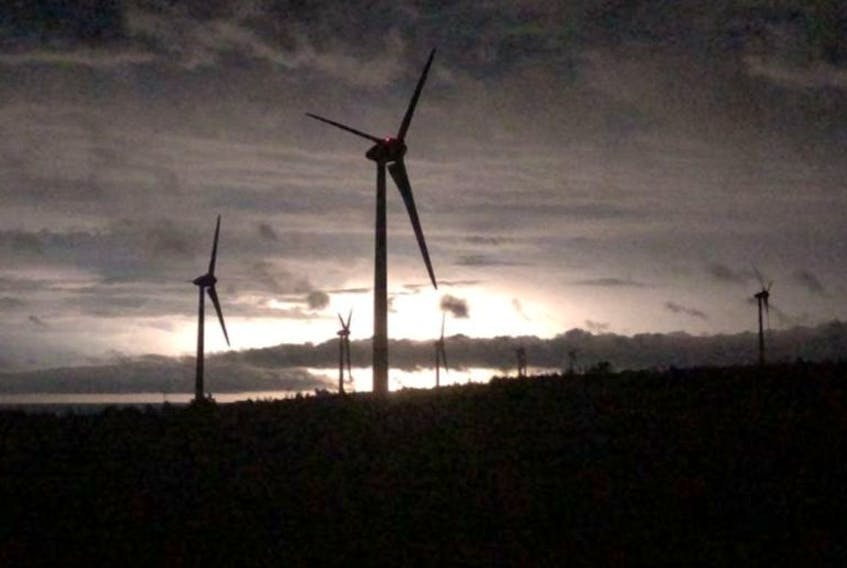Reason 1. They cost too much.
When you look at the final installed operational cost of a wind farm that will replace a standard coal fired power station, the cost is massive. When we are told that wind is now as cheap as coal, they are only telling about the cost of the power that is produced. They don’t include the cost of back-up generation or storage when the wind stops and final dismantling and disposal.
The wind is free, turbines are not.
The dismantling of old turbines and installation of new units is not yet economical. Everywhere wind turbines are been installed, the price of electricity has soured. Claims that they give cheaper power are myths at best, outright lies at worse.
Reason 2. They don’t produce the power we need.
The average turbine produces 3 mw in optimum conditions. On average they provide 20 to 40% of that figure due to wind fluctuations, more for offshore turbines. There must be expensive back up generation, generally natural gas or coal, or battery storage. Battery storage at this time is very expensive and provides back up power for only a few hours at best. It is not currently viable and no massive breakthrough in batteries is on the horizon.
Reason 3. They require huge areas of land.
If wind turbines were to power all of Britain, all of Wales would need to be covered in them. To replace an average coal generation plant would require a line of turbines approximately 100 miles long. To power a de-carbonized world with wind is unthinkable in terms of the land required.
Reason 4. Their manufacture and installation are extremely damaging to the environment.
The whole of the construction and installation of a single turbine leaves a carbon footprint that takes approximately 15 years to recover with emissions-free power. The turbines are made of fibreglass and carbon fibre which leave a huge carbon footprint. The generators require large quantities of precious and rare metals that are mined all over the world, and must be transported to a point of manufacture, and particularly in the case of cobalt, are environmentally disastrous. Turbines are neither clean nor green.
Reason 5. Turbines only last 20 to 30 years and their dismantling and recycling are not established.
Currently there are at least 14,000 old turbines still standing in the US and nobody knows how to economically remove them.
Turbine blades may need replacing once or twice during the life of a unit depending on environment, and there is no known way of recycling them. They are cut up and buried in land fill.
Reason 6. They kill birds and bats.
Turbines do kill a lot of birds, particularly endangered large raptors. However they are not as bad as high-rise, glass-sided buildings.
Conclusion.
Wind turbines are installed because administrators have good intentions concerning greenhouse gas emissions. The people who market turbines have a vested interest in demonstrating only the positive aspects of the technology.
An accurate look at the whole picture provides a sobering judgment. They don’t work. And all this nonsense occurs because we are too scared of nuclear power, the only practical and safe solution.
All information in this essay comes from sources such as: Michael Shellenberger, Apocalypse Never. How environmental alarmism hurts us all; Guillaume Pitron, The Rare Metals War. The dark side of clean energy; and Ozzie Zehner, Green Illusions. The dirty secrets of clean energy.
Peter Noakes is a retired jeweller and an Australian/Canadian citizen with a lifetime interest in energy issues and geology. He is motivated by concern for his grandchildren's future and the search for truth in the energy and climate debate.









